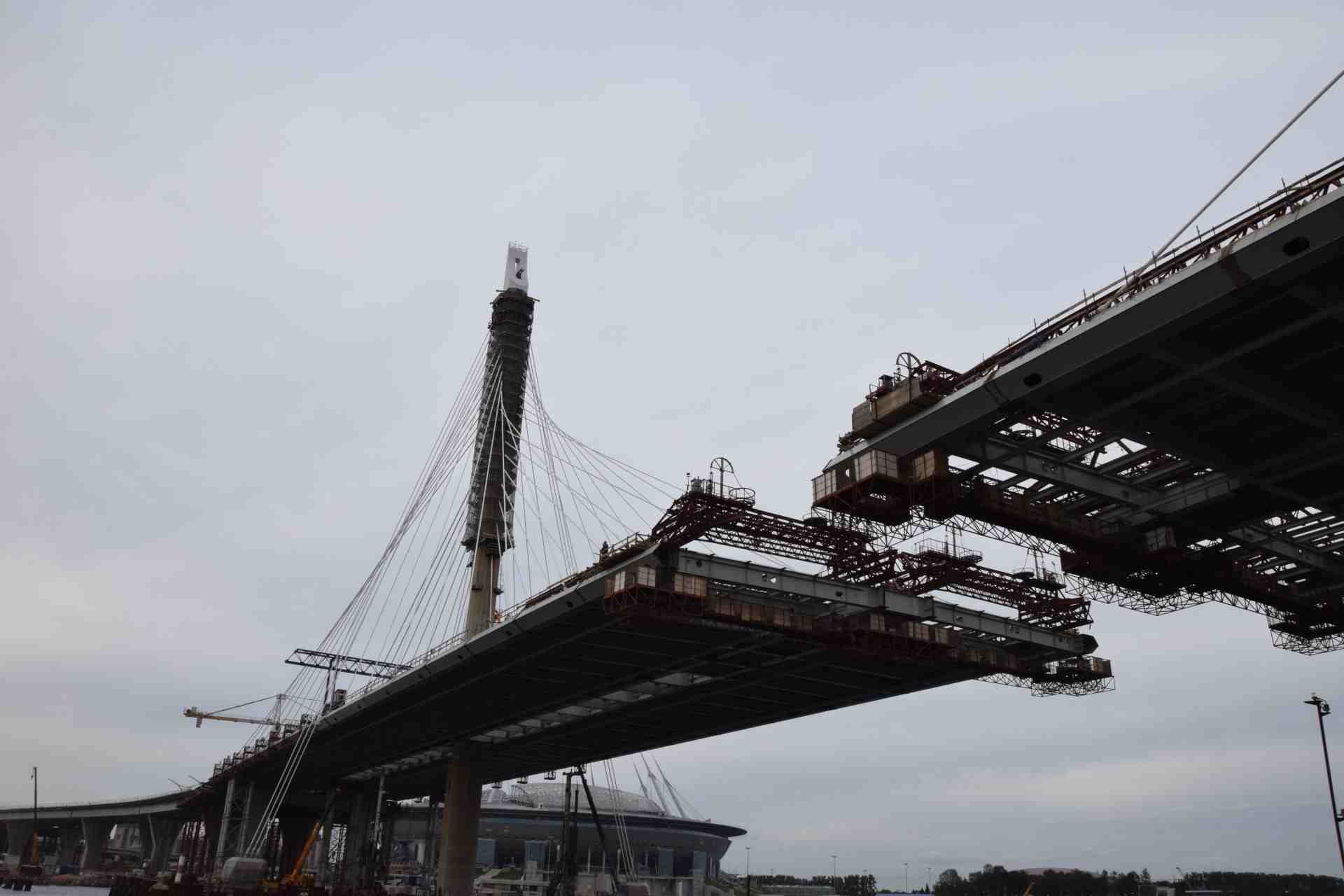What is the Function of Bridge Foundation or Pier and its Types? 5 Important Points
- By
- Pooja |
- October 27, 2020 |
- Civil Engineering, Bridge Engineering,

Table of Contents
What is a Bridge Foundation or Bridge Pier?
Types of Bridge Columns or Bridge Pier
Single or Dual Cylinder shape Columns
You must have seen various iconic Bridges along with Bridge Foundations or Bridge Piers. But do you know what is a Bridge Foundation or Bridge Pier?
Please read this blog for details.
What is a Bridge Foundation or Bridge Pier?
Foundation is an integral part of a bridge and is placed below the substructure and sits underneath the level of the soil and rests above the hard or solid strata. The foundation carries the load of the superstructure, and substructure and transfers it to the underlying hard ground.
To know the details of all bridge components, please read this blog for details:
A Bridge foundation or Bridge Pier is provided to hold the bridge span and transmit the load to the ground. This simply means that the Bridge Foundation needs to be robust enough to not only holds the vertical load of the substructure but also hold the lateral stress of the bridge span.
As a result, the bridge foundation is imperilled by the load from all directions, also called multi-axial loads. But still, most of the load it bears comes in the form of vertical load and is termed as compression load. The top-level division of Bridge Foundation mainly depends on allowable bearing compression of the underground strata and the type of superstructure that is considered for the design.
So, the top-level division of the bridge is as below:
- Strip Footings Foundation,
- Pile Foundation
Strip footing Foundation:
As the name suggests, a strip footing foundation is a fairly minor strip of concrete sited into a trough (to resist differential settlements) and steel reinforcements are placed as per design and recommendation. These types of foundations are not recommended for giant and very long-span bridge support.
These types of foundations are recommended for low moderate structure loading and for soil which has a fairly good bearing capacity.
Pile foundations:
Pile foundations are deep foundations in long cylinder shape columns and they are made of concrete and steel to support the substructure and superstructure of the bridge deck. The load of the bridge is supported by the surrounding surface of the pile foundation as a frictional force.
Type of Pile Foundation Based on Function and Based on the Method of Construction:
| Based on Function | Based on the Method of Construction |
| Sheet Piles | Timber Piles |
| Load Bearing Piles | Concrete Piles |
| End Bearing Piles | Steel Piles |
| Friction Piles | Composite Piles |
| Soil Compactor Piles |
Types of Bridge Columns or Bridge Pier
The selection of type bridge columns is mainly dependent on the ground condition, type of bridge deck, sub-soil conditions, and method of construction adopted for bridge superstructure and substructure. There are two key types of bridge columns commonly recommended:
- Solid Columns
- Open Columns
Solid Columns:
Solid Columns are hard and impervious assembly and made of construction materials like Concrete, Stone Masonry or RCC, etc.
Open Columns:
Open Columns are modern design elements and they are compact hallow structures to allow water to pass across them. As a result, these types of columns are considered as much environment friendly (strong against water flow) and robust to sustain the load of the superstructure and substructure of the bridge.
There are four key types of columns foundation commonly used for Bridge Foundation Design:
- Single or Dual Cylinder shape Columns
- Trestle Columns
- Single or Multi-Column Bents
- Framed Columns
Read More:
Single or Dual Cylinder shape Columns
Single or Dual Cylinder shape columns are proposed in case of Moderate to low height Bridge design options and where the bearing capacity of the underlying soil is also good. These columns are commonly made of Reinforced concrete.
Trestle Columns
Trestle Columns are made of numerous short bridge deck columns, spaced very closely. These types of columns are not recommended for long-span bridges or viaduct-type bridge structures. Trestle Columns are predominantly made of Timber or Iron and they were very common in the early 20th century.
Single or Multi-Column Bents
Column Bent basically means the beam across the columns that unite the width of the bridge deck and transmits the load to the subsoil. These types of Columns or Bridge Piers are normally recommended for larger heights and longer-span bridges.
Framed Columns
Framed Columns are commonly part of a Rigid-frame bridge and they act as a monolithic unit. There are numerous advantages to the rigid-frame bridge. They are very robust to hold all combinations of loads like bending moment, shear forces, axial forces, etc. Although the assembly or construction of this type of bridge is a complex task due to its gigantic size.
Read More:
- Why does Concrete need Reinforcement? 6 Important Points
-
What is Honeycombing of Concrete? Prevention and Repair: 8 Important Points
-
What is the Function of Bridge Foundation or Pier and its Types? 5 Important Points
Takeaways:
With the rapid advancement of design and construction technology, the bridge design has made a leapfrog movement from traditionally heavy and less environmentally friendly Bridges to modern, sleek, robust and eco-friendly bridges. Bridge Engineering is passing through an exciting time and it's highly recommended to our newbie civil engineers to join the industry as Bridge Engineer.
Admin, gcelab.com Please see our Pillar Post to know why we founded gcelab.com.

Pooja
Founder at gcelab.com, Pooja is an Entrepreneur unlocking human potential. Working in the Principles of Lean Start-up, Pooja believes in Transparency and User Happiness the most. Pooja’s background in teaching gives her a sophisticated grasp on even the most tedious aspect of course building. She is passionate about people who believe that good is not enough.


